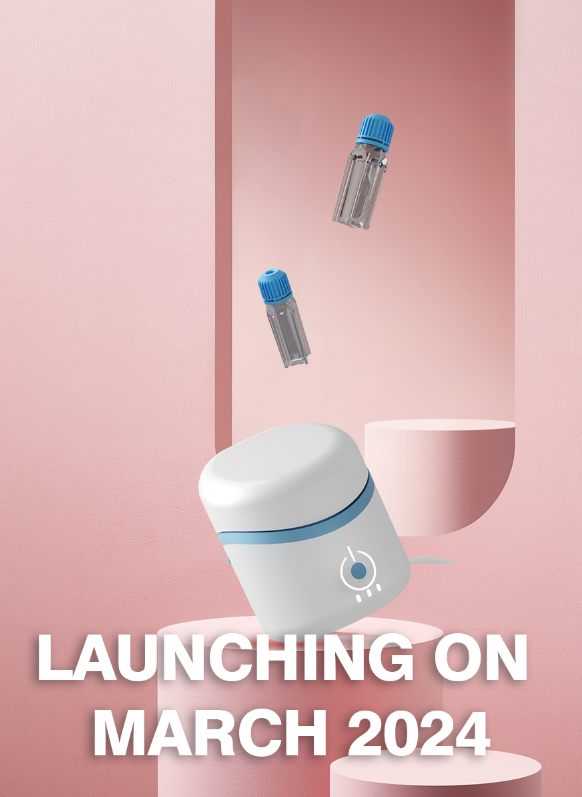
Understanding UACR & eGFR: Key Markers in Managing Kidney Disease for Diabetes Patients
Managing kidney health is crucial for individuals with diabetes, and two key markers—Urine Albumin-to-Creatinine Ratio (UACR) and Estimated Glomerular Filtration Rate (eGFR)—are instrumental in this process. These markers provide invaluable insights into kidney function, aiding in the early detection and management of Chronic Kidney Disease (CKD).
UACR: A Vital Indicator for Kidney Health
UACR is a reliable measure of kidney health, especially significant for individuals managing diabetes:
Measurement and Frequency: It quantifies the ratio of albumin to creatinine in urine, mirroring kidney function. Annual testing is recommended for individuals with type 1 diabetes (after five years) and those with type 2 diabetes.
Advantages Over Traditional Tests: UACR is not influenced by variations in urine concentration, making it superior to traditional dipstick tests for albumin.
Clinical Threshold: A UACR greater than 30 mg/g indicates albuminuria, marking an increased risk for CKD.
Diagnostic and Monitoring Tool: Variations in UACR can signal the effectiveness of treatment and potential disease progression.
Research Insights on UACR
Research underscores the critical role of UACR in predicting kidney health outcomes:
A study from the Chronic Renal Insufficiency Cohort highlighted that a higher UACR at diagnosis is associated with an increased risk of severe renal events.
Research by De Zeeuw D, et al., established that a reduction in UACR, particularly due to ARBs treatment, correlates with a lower risk of progressing to kidney failure.
eGFR: Measuring Kidney Function Precisely
eGFR offers a refined perspective on kidney function, factoring in individual characteristics for a more accurate assessment:
Comprehensive Assessment: It's calculated from stable serum creatinine levels and takes into account age, sex, race, and body size.
Superior to Serum Creatinine Alone: eGFR provides a more accurate assessment of kidney function than serum creatinine, which can be influenced by muscle mass among other factors.
Considerations and Limitations:
eGFR may not be reliable for individuals with rapidly changing creatinine levels, extreme muscle mass or body size, or those with unique dietary habits. Regular review of eGFR values is essential, and NIDDK's GFR calculators can be used for accurate estimation.
Conclusion:
UACR and eGFR are indispensable tools in the management of kidney health for diabetes patients, offering a comprehensive overview of kidney function. Their regular monitoring is key to the early detection and informed management of CKD. By incorporating these markers into a holistic diabetes care strategy, patients can significantly improve their health outcomes. It's imperative for individuals to consult with healthcare providers to tailor a care plan that best suits their unique health needs.
. . .

